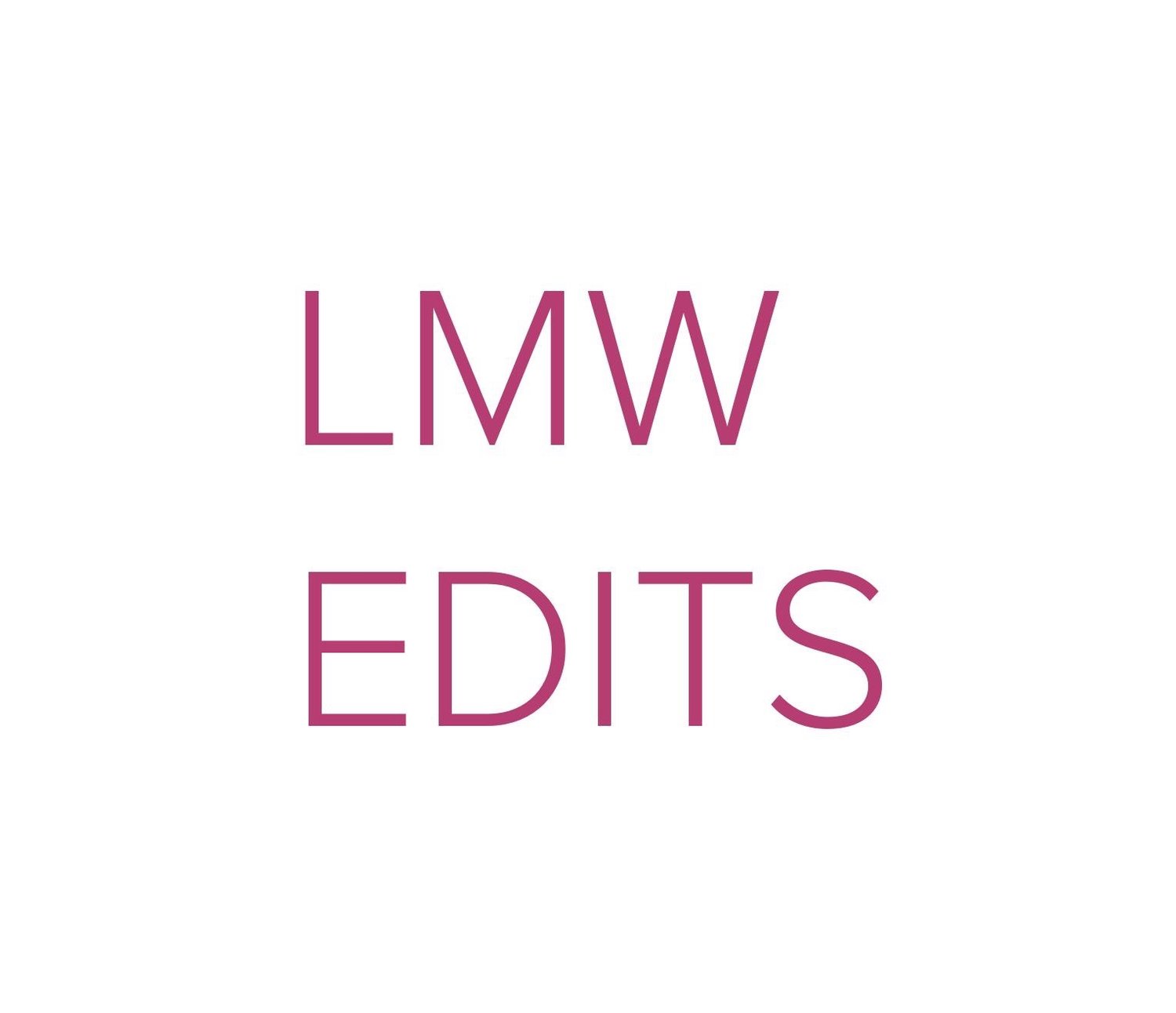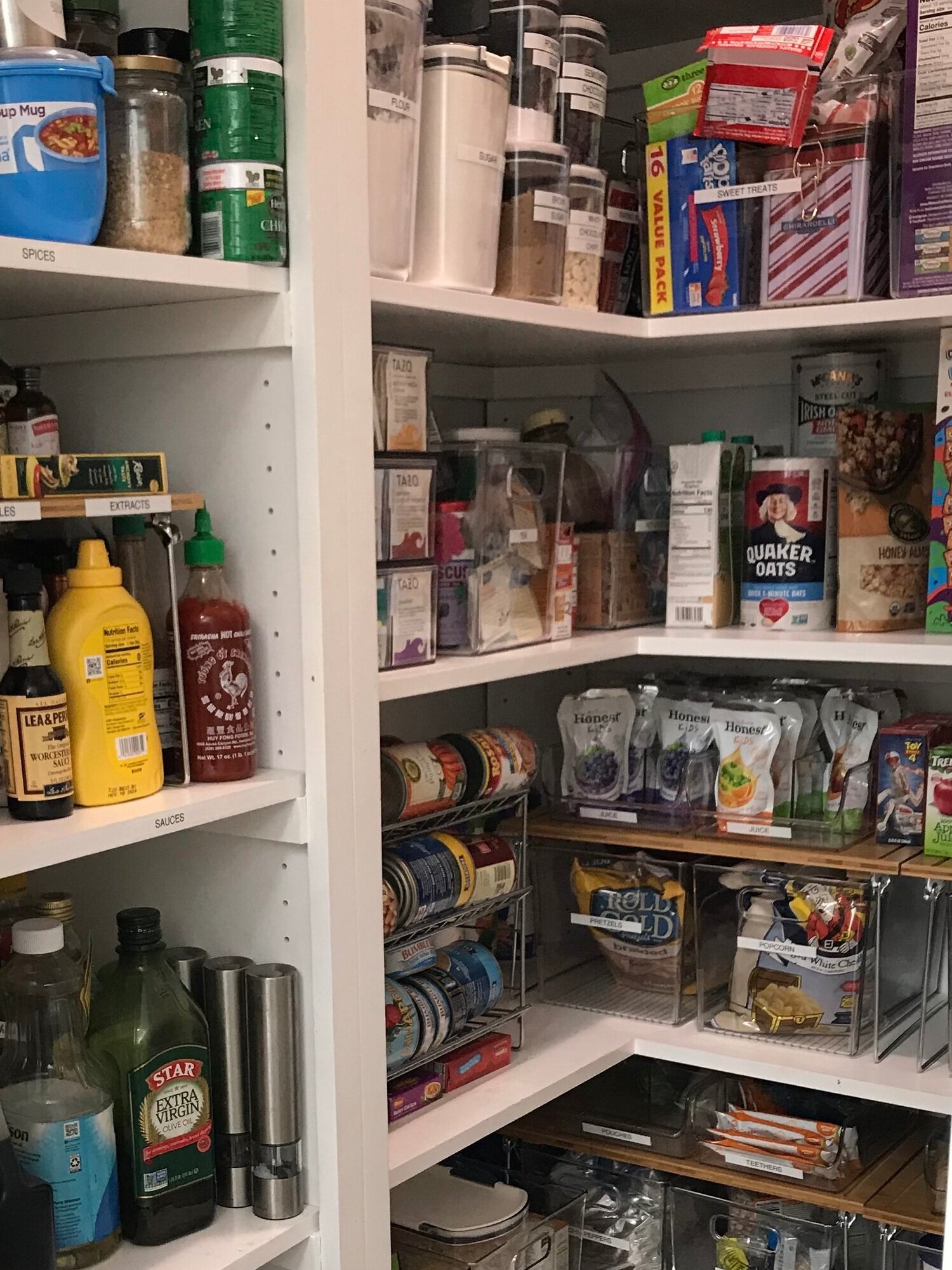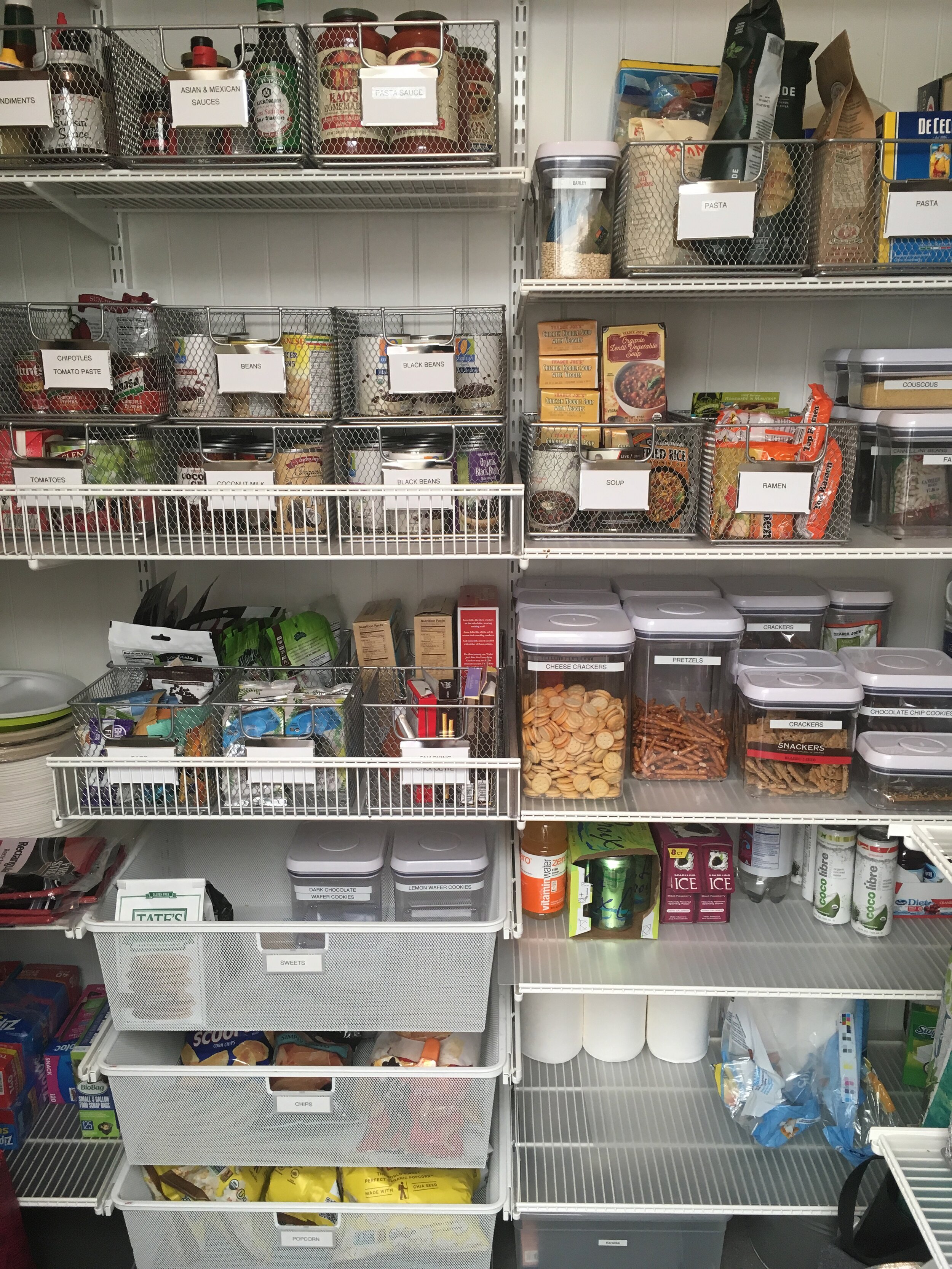A Rational Approach to Emergency Preparedness
If you’re anything like me, you’ve been watching the reports on the spread of coronavirus with increasing concern. The prospect of global pandemic is definitely enough to freak anyone out!
So, you’re probably seeing the same thing I’m seeing: the photos of empty grocery store shelves, the lines of people buying huge stockpiles, the fact that you can’t get a N95 mask anywhere.
If you have an emergency kit, you probably feel prepared - but if you’re one of the vast majority of us who isn’t prepared, you might be panicking. The good news? It’s not too late to get prepared for some of the possible consequences of the coronavirus outbreak, and make sure that you can keep your family comfortable.
Everything in this pantry I organized recently counts towards the clients’ emergency stockpile - it’s nonperishable food that they like and eat!
First things first: let’s get a handle on what you will actually need in the case of a coronavirus outbreak. This isn’t like some natural disasters, where we might be worried about access to water, heat, and electricity. For this one, we’re really more concerned about being quarantined. That means making sure we have enough consumables: paper products, medications, and food.
Second, let’s get realistic about the time frame. The CDC is currently recommending a 14-day quarantine for anyone who has potentially been exposed to the virus. So, it makes sense to plan to be at home with enough of those consumable goods to last you for two weeks.
Finally, let’s remember that just like most emergency preparedness measures, chances are good that you’re not going to have to use the stockpile you create for coronavirus. And after this is all over, you're not going to feel very good about dumping a lot of expired food and medication into a landfill (although, please never dump meds in the trash!).
So, when you stock up, buy a reasonable amount of paper products and medications that that you and your family actually use already, and a range of nonperishable foods that you like to eat anyway. And after the threat has passed, be sure to put your emergency food supply on a regular rotation so that you can eat the food before it goes back and replace it with similar items.
It’s always good to be prepared, but it’s also important to do so thoughtfully, so that you don’t create unnecessary waste. Stay healthy and safe out there!
LMW









There is going to be food waste on an epic scale if those who stockpiled food during this crisis do not thoughtfully and intentionally manage their stashes.